Latest News
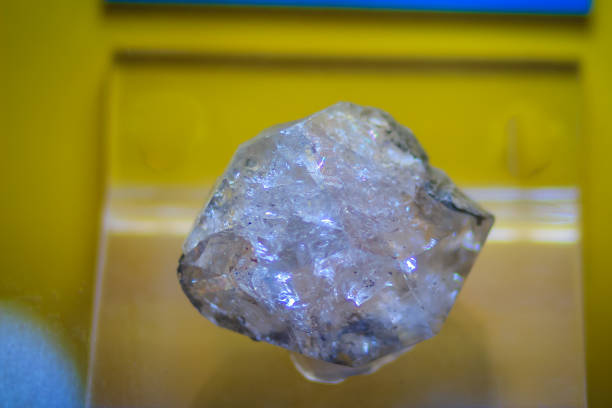 Revolutionizing Water Treatment: Anionic Emulsion Polyacrylamide's Role in Purification
2024-04-26
Revolutionizing Water Treatment: Anionic Emulsion Polyacrylamide's Role in Purification
2024-04-26
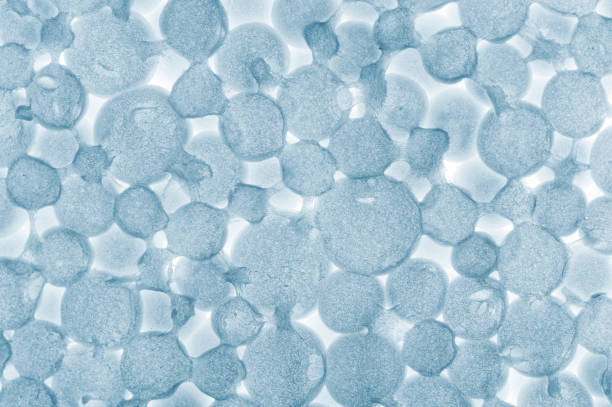 Understanding Anionic Emulsion Polyacrylamide
2024-04-08
Understanding Anionic Emulsion Polyacrylamide
2024-04-08
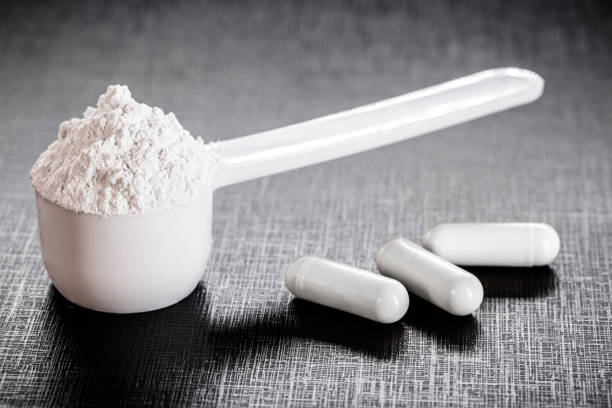 Enhancing Oil Recovery Processes with Powder Anionic Polyacrylamide
2024-03-27
Enhancing Oil Recovery Processes with Powder Anionic Polyacrylamide
2024-03-27
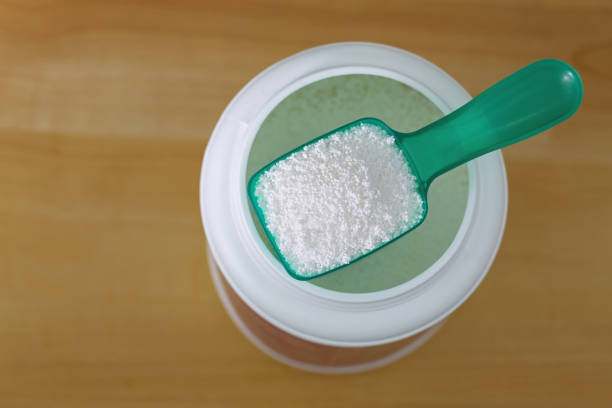 Impact of Powder Anionic Polyacrylamide in Enhancing Papermaking Processes
2024-03-25
Impact of Powder Anionic Polyacrylamide in Enhancing Papermaking Processes
2024-03-25
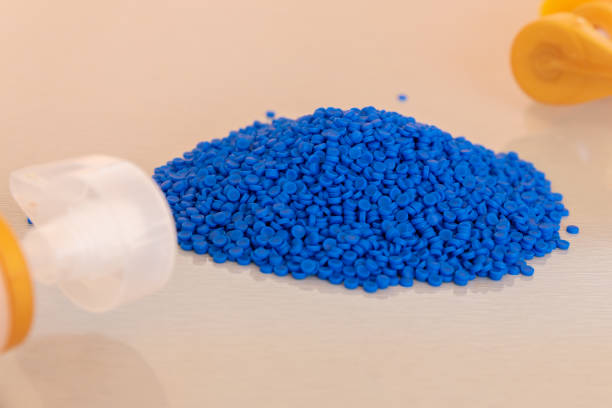 Navigating Environmental Stewardship: The Impact of Polycrylamide Emulsions
2024-03-23
Navigating Environmental Stewardship: The Impact of Polycrylamide Emulsions
2024-03-23
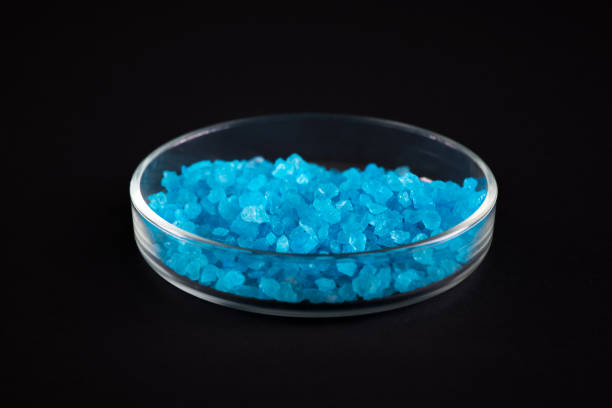 Finding the Perfect Compatibility: Polycrylamide Emulsions and Other Chemicals
2024-03-21
Finding the Perfect Compatibility: Polycrylamide Emulsions and Other Chemicals
2024-03-21
Technical Key Points for Production of friction reducer oilfield mainly include two aspects: synthesis of friction-reducing polymers that are ultra-high molecular weight, non-crystalline, and soluble in hydrocarbon solvents; and post-treatment of the friction-reducing polymers.
A large amount of literature indicates that the most effective friction-reducing polymers currently are poly-α-olefins. In the early stages, poly-α-olefins were produced using a solution polymerization method and the polymerization product was directly used in oil pipelines. However, due to the high viscosity and low polymer content of the solution polymerization product, it brought great difficulties to transportation and usage. It was not until the mid-1990s that the bulk polymerization method was developed, greatly improving monomer conversion rate and friction reducer performance. One of the key technical issues in implementing bulk polymerization is to promptly remove the large amount of heat generated during the polymerization process. One method involves using a reaction vessel made of a high-molecular material, and designing it in a shape that can quickly release the heat generated during the reaction. During the polymerization process, the reaction vessel is purged with nitrogen, then monomers and catalyst are added proportionally, sealed, and placed in a low-temperature medium to react for 3-6 days. In general, bulk polymerization produces products with high purity and much higher molecular weight compared to solution polymerization products.
In addition, there has been a new breakthrough in the use of solution polymerized α-olefin friction-reducing polymers. By adding viscosity reducers during α-olefin polymerization, the overall flow performance and handling characteristics of the final product can be improved. At the same time, higher polymer molecular weight and more uniform molecular weight distributions can be achieved, improving the solubility of poly-α-olefin drag reducers.
Practical applications have shown that directly using solution polymerization products as friction reducers brings many inconveniences to oil transportation and production, and therefore this method has been eliminated. In order to improve the performance of friction reducers, the polymer and dispersants are usually ground into powder together in an environment below their glass transition temperature, and appropriate additives are added to produce friction reducer products with different appearances. Currently, widely used in crude oil pipelines are water-based latex friction reducers, which suspend polymer powder in a mixture of water or water and alcohol using stabilizers and surfactants as additives. These products have advantages such as high polymer concentration, convenient injection, and good solubility in crude oil, but they also have disadvantages such as short storage time and poor stability. In finished products pipelines, low-viscosity gel-like drag reducers are mainly used. They dissolve the polymer powder in finished oil or a mixture of finished oil and certain solvents. These products have advantages such as low viscosity and convenient injection but have disadvantages such as low polymer concentration and large transportation workload.
In order to overcome the shortcomings of the two types of products mentioned above, a non-aqueous suspension friction reducer oilfield has been developed. It suspends polymer powder in alcohol-based fluids using suspending agents. This type of drag reducer production does not require the use of surfactants, bactericides, and complex stabilizer systems, simplifying the production process. It has advantages such as good anti-freezing properties, high polymer concentration, good stability, and the ability to prevent impurities such as water from entering oil pipelines. It can be used for both crude oil and finished oil transportation. In summary, different post-treatment processes can be used to obtain drag reducer products with different appearances and performances.
